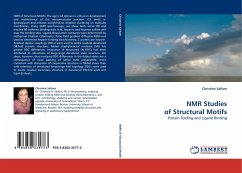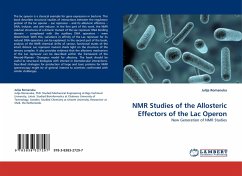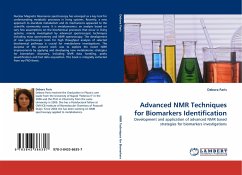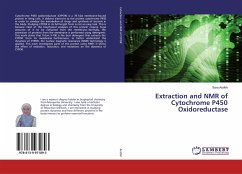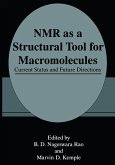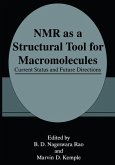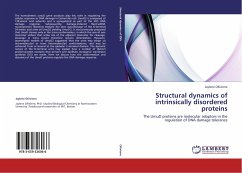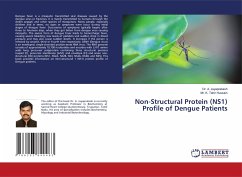NMR of Structural Motifs: The agrin G3 domain is critical in development and maintenance of the neuromuscular junction. G3 binds -dystroglycan and initiates acetylcholine receptor clustering on myotube membranes. Using NMR spectroscopy, we show both active B8 and inactive B0 isoforms binding sialic acid, heparin, and heparan sulfate and map the binding sites. Ligand dissociation constants were determined by isothermal titration calorimetry. Pulse field gradient diffusion NMR was used to determine heparin binding stoichiometry, 2 protein per heparin. Residual dipolar couplings (RDCs) were used to probe residual denatured OB-fold protein structure; folded staphylococcal nuclease (SN) has greater RDC differences. Invariance of denatured SN RDCs had been attributed to robustness of long-range denatured state structure. We show, however, that increased RDC differences in the folded states are a consequence of close packing of native state polypeptide, more consistent with disruption of cooperative structure in folded states than with retention of denatured long-range fold topology. RDCs were used to locate residual secondary structure in denatured OB-fold LysN and CspA -sheets.
Bitte wählen Sie Ihr Anliegen aus.
Rechnungen
Retourenschein anfordern
Bestellstatus
Storno

